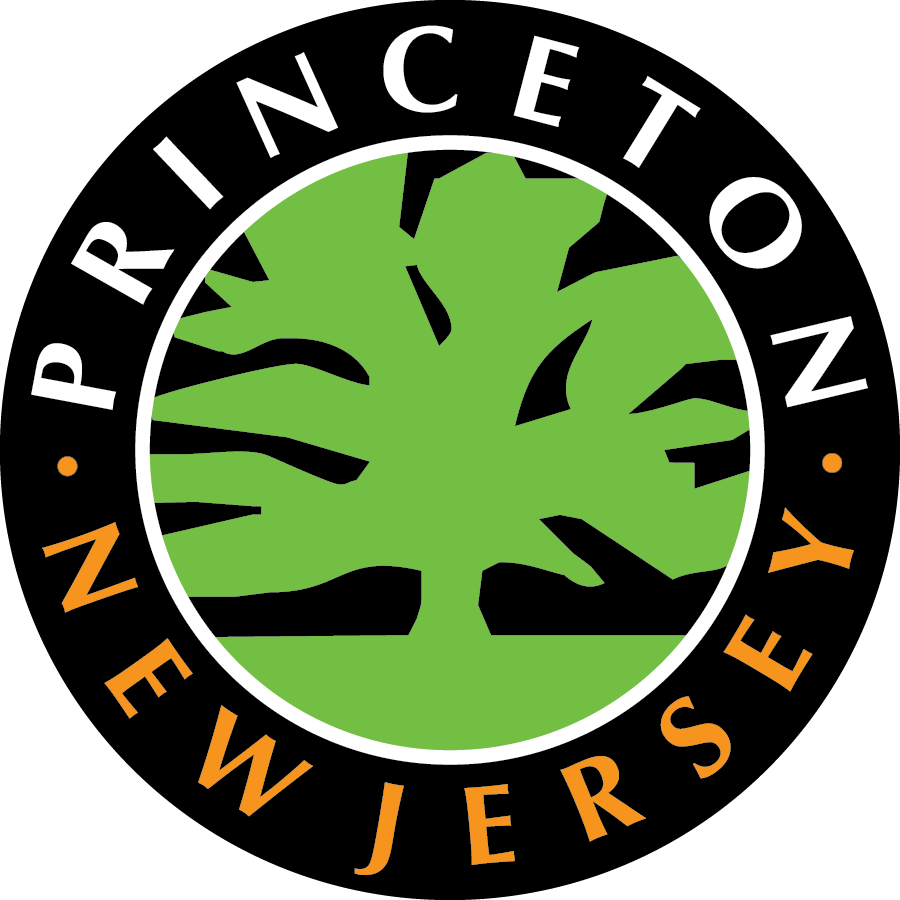The saga of 140 Hodge Road, in which a developer sought to subdivide the vacant lot and to create two new building lots, is over.
Property owner and would-be developer Jarrad Michalesko has withdrawn the application and sold the property, Princeton officials said. The town was notified in a Jan. 23 email from the applicant’s attorney.
Michalesko sought permission from the Princeton Planning Board to subdivide the 1.6-acre lot into two building lots, but he needed a variance for the minimum lot width.
Neither of the two proposed lots would have met the required 125-foot minimum lot width. Each lot would have been 118 feet wide, which is seven feet less than the minimum requirement.
Michalesko bought the property in September 2018, two months after a house on the lot was destroyed by fire. He paid $1.1 million for the parcel and demolished the house, which had been vacant for years.
Meanwhile, Michalesko’s application itself ran into a firestorm of opposition from neighbors on Hodge Road. The winding road in Princeton’s upscale Western Section is lined with large homes, many of them built between the 1890’s and 1930’s.
The neighbors objected to the plan to create two lots that would have been non-conforming in lot width, but that otherwise exceeded the minimum lot size of 20,000 square feet.
But there were other issues, as well.
In a July 2, 2019 report to the Princeton Planning Board, Princeton Planning Director Michael LaPlace wrote that 140 Hodge Road is located in the proposed Morven Tract Historic District.
An ordinance to create the Morven Tract Historic District was introduced by the former Princeton Borough Council in 2012, but was never enacted because of opposition from some property owners in the proposed historic district.
The Morven Tract Historic District derives its name from its former ownership by the Stockton family, which built Morven. The 18th-century house is next to Monument Hall, the former Princeton Borough municipal building.
Morven was built by Richard Stockton, who was a signer of the Declaration of Independence, on land that his grandfather acquired from William Penn in 1701. The land stayed in the family until it was subdivided and subsequently developed in the late 19th- and early 20th centuries.
The planning director’s July 2, 2019 report noted that the major issue to be addressed was the developer’s request to create two new lots that did not meet the minimum lot width requirement, and which would be narrower than many of the lots in the proposed historic district.
Because of the property’s location in the proposed historic district, the application was referred to the Historic Preservation Commission for a courtesy review. The commission could only offer advice, because the district was never formally created.
In its July 9 report to the Princeton Planning Board, the Historic Preservation Commission expressed concern that “approving a minor subdivision could lead to the construction of two new single-family homes which would be out of character with the neighborhood and inappropriate for the established streetscape pattern along this section of Hodge Road.”
The Historic Preservation Commission made two recommendations to the Princeton Planning Board if it approved the application – to preserve the existing hedge behind the public sidewalk, and to require the new houses to use the existing driveway curb cuts on Hodge Road that accommodated the circular driveway of the house that was demolished.

